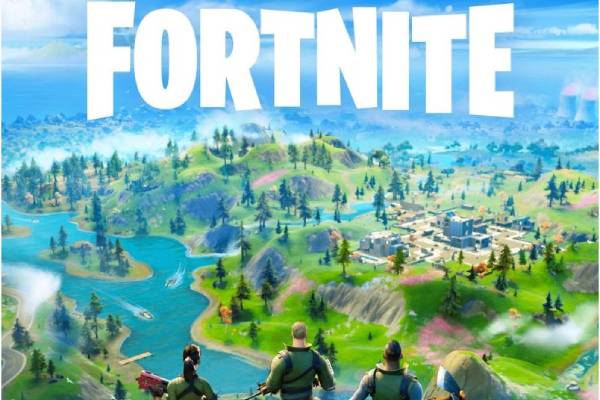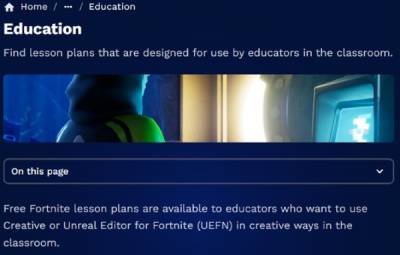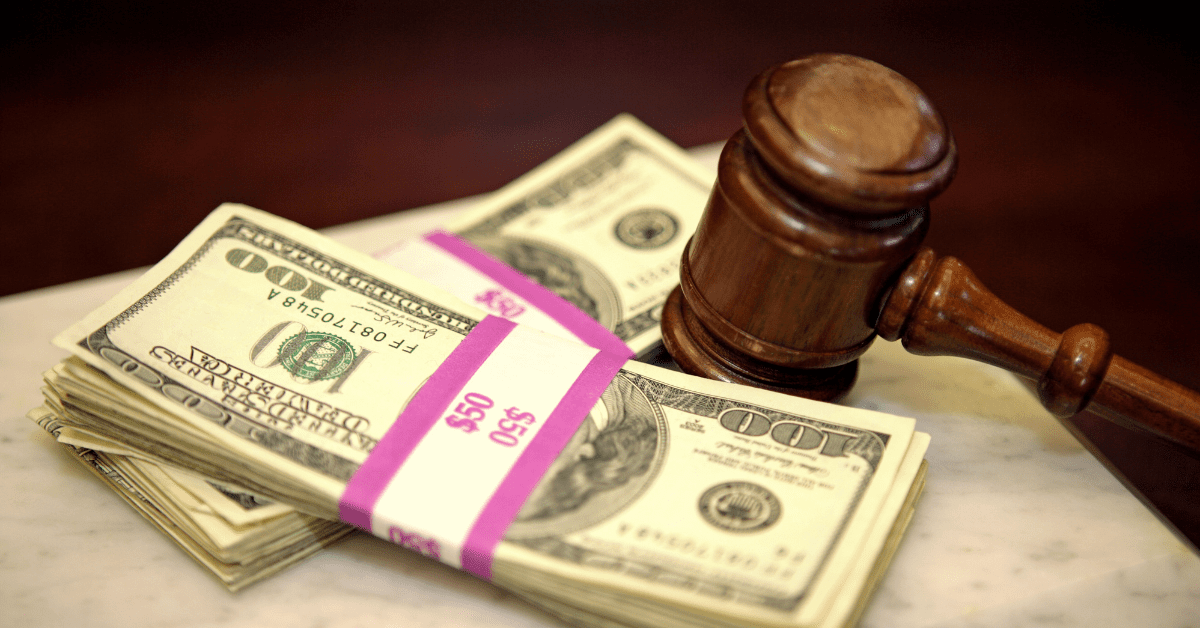
Fortnite Video Game Addiction Lawsuit
The wildly popular and addictive video game Fortnite was initially released on July 21, 2017, and is now available on most platforms, such as the PlayStation 4, PlayStation 5, Xbox One, Xbox Series X/S, Nintendo Switch, and Windows PC. Epic Games, headquartered in Cary, North Carolina, developed the videogame Fortnite. Fortnite is a survival shooter video game where up to 100 players can fight against each other, known as a battle royale. Lawsuits allege that Fortnite intentionally developed addictive gameplay loops and other tactics to keep kids addicted to and spending money on Fortnite. Many families have spent a significant amount of out-of-pocket money to send their children to rehabilitation due to their severe Fortnite addiction. Frequently, numerous stints in a video game rehabilitation center are needed before a child can overcome their Fortnite addiction. The attorneys at Nigh Goldenberg Raso & Vaughn are now accepting cases for those who have become addicted to Fortnite and have required rehab.
Fortnite Gameplay Modes
Fortnite is currently available in three distinct gameplay modes, though they all share the same game engine and general gameplay.

Fortnite: Battle Royale
Battle Royale is a free-to-play shooter with up to 100 players, with the goal of being the last person standing. In Fortnite Battle Royale, players have the option of playing solo, in a duo, or in a squad of 3 or 4 players. When players start a round of Fortnite Battle Royale, they enter the game world and must find weapons, vehicles, items, and other resources to help them stay alive and eliminate other players.
Fortnite: Save the World
Fortnite Save the World is a cooperative game where up to four players can team up. The team works together in Fortnite Save the World to build fortifications and traps to defend a location from zombies. By winning missions in Fortnite Save the World, players can earn various in-game items, such as heroic characters, weapons, trap schematics, and more. These various in-game items can then be leveled up through experience gained by playing the game, making the items more powerful. Fortnite Save the World is the only pay-to-play game mode for the Fortnite franchise.
Fortnite Creative
Fortnite Creative is known as a “sandbox” game mode. In Fortnite Creative players can create worlds by spawning any item from Fortnite Battle Royale on a personal island and then create games such as platforming challenges, racecourses, battle arenas, and more.
Fortnite “Free to Play”
With the exception of Fortnite Save the World, Fortnite is “free to play.” For instance, you do not need an Xbox game pass paid subscription to play Fortnite through Xbox cloud gaming. All that is needed is a free Microsoft account and an internet connection to start playing Fortnite via xbox.com/play. Additionally, Fortnite is available for free on numerous other platforms, including Epic Games, PlayStation, and Steam.
How Does Fortnite Make Money if it is Free to Play?

Fortnite Loot Boxes
Fortnite V-Bucks can also be used in Fortnite Save the World to buy loot boxes. Fortnite loot boxes come in the form of llama-shaped pinatas. A player gains a “random” assortment of items when opening a Fortnite loot box.
Fortnite Addiction
Fortnite has an outstanding 500 million registered players, with approximately 236 million active monthly players. At any given time, millions of people are playing Fortnite. By 2019, less than 2 years after being released, Fortnite generated over $9 billion in revenue through in-game purchases and microtransactions. In 2021, Fortnite generated approximately $6 billion in revenue. To date, Fortnite has generated in excess of $26 billion.
Numerous studies have now found that Fortnite is “more addictive than heroin and other illegal drugs.” Despite these findings, Epic Games continues to market Fortnite to children without disclosing any of the risks of addiction purposefully built into Fortnite. It is no accident that Fortnite is highly addictive, in fact, Fortnite was designed that way…
Fortnite Was Designed to be Addictive
Fortnite grew into the gaming juggernaut that it currently is by purposefully manipulating human psychology to keep those who experienced Fortnite coming back for more. The Fortnite development team was not your average videogame development team. Instead of just hiring video game designers and programmers, Fortnite hired psychologists, statisticians, analysts, and coordinators who worked together for approximately four years to develop a game that was as addictive as possible.
Lose by a Little, Win by A Lot (Near Miss Effect)
One addictive tactic that Epic Games utilized in Fortnite was a psychological trick known as “loss by a little, win by a lot” or the “near miss” effect. Simply put, when a player loses a round in Fortnite, they are told they only lost by a slim margin, compelling the Fortnite player to play another round of Fortnite, because they just barely missed out on winning. Not only does the “near miss” effect keep Fortnite players playing longer, but it also results in the players feeling like they didn’t actually lose. Thus, the “near miss” effect gives the Fortnite player the high of a win, without actually having to win. Without the frustration of losing, most players continue playing round after round of Fortnite.
Random Rewards (Variable Interval Schedule)
Fortnite also uses the addictive tactic of random rewards, which in psychology is known as the “variable interval schedule.” With each small randomized win in Fortnite, the players’ brain is rewarded with a small release of dopamine. Importantly, that small release of dopamine happens regardless of how random or small the reward is. Random rewards keep gamers playing Fortnite and result in the formation of addictive behaviors.
Frequent Updates and Daily Quest
Epic Games frequently rolls out updates to Fortnite that keep players engaged with new features, maps, live events, and more. To increase the addictiveness of Fortnite even further, Epic Games implemented “daily quests.” These daily quests in Fortnite are tasks that Fortnite players can complete every day to earn a few V-bucks. These daily quests cause children to become conditioned to log into Fortnite every day so that they can earn more V-bucks.

Fortnite in the Classroom
Not only does Epic Games not disclose the intentionally addictive nature of Fortnite to kids and their parents, Epic Games has attempted to market directly to kids at school. For instance, Epic Games touts Fortnite as “educational” and markets Fortnite as safe for classroom use. Epic Games even offers on its website “Free Fortnite lesson plans” to educators on subjects ranging from programming to history and geography. By engaging and addicting children early and in environments such as their school, Epic Games is able to further increase its revenue through continued play by young gamers at the expense of these children’s mental and physical health. Preying on children at school is an unacceptable tactic employed by Epic Games to get even more kids addicted to Fortnite.
Fortnite Video Game Addiction Lawsuit
The features within Fortnite, combined the free-to-play nature of Fortnite on multiple platforms foster severe addiction in minors and young adults, because Fortnite draws players in and entices them to play anywhere and at any time. Our video game addiction lawyers allege that Epic Games licensed patented addictive technologies from other video game developers and publishers to include additional addictive features in Fortnite. If you are under 25 years of age and were addicted to Fortnite and required rehabilitation, call our video game addiction attorneys at 1-800-610-4731. Call our video game addiction attorneys today for a free consultation.



